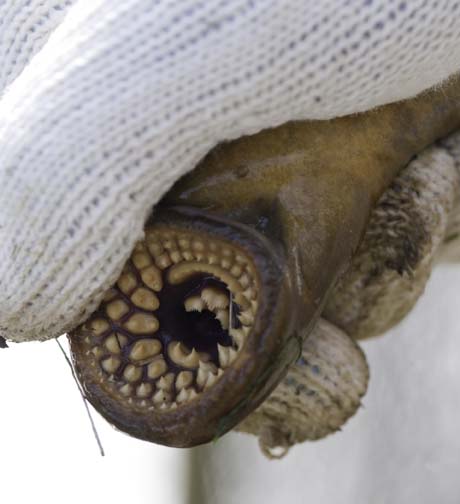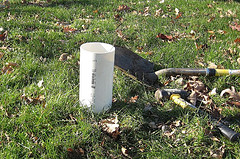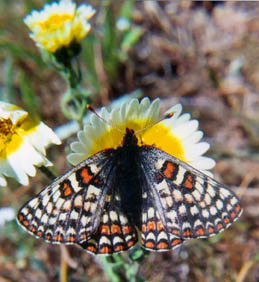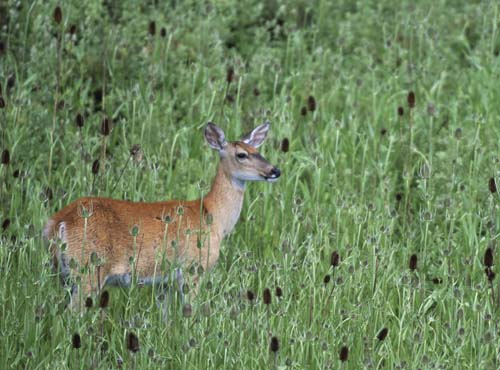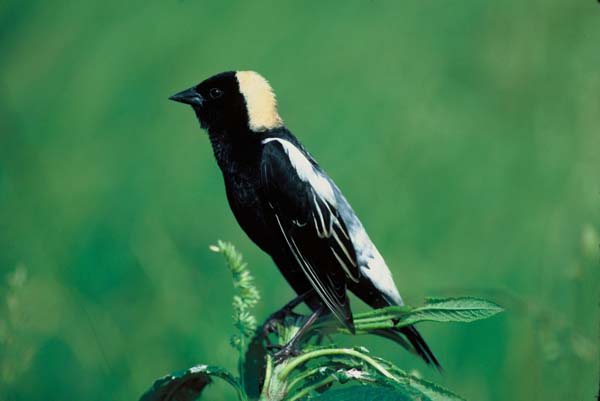 |
| Bobolink, a grassland bird, courtesy of the US Fish and Wildlife Service |
Grants of up to $1,000 to study prairies and savannas are available from Prairie Biotic Research, a Wisconsin nonprofit organization.
The good news is that these small grants support both natural history and experimental science for any grassland taxon anywhere in the U.S. The bad news (for state wildlife biologists) is that the program is “eager to support” independent researchers. But anyone is welcome to apply. At worst, you can pass this information along to your favorite independent grasslands researcher, and come out a winner anyway.
For more about the organization and past grants, visit the Web site.
For the Prairie Biotic Research’s announcement, follow this post after the break.
FUNDING FOR PRAIRIE RESEARCH
offered by Prairie Biotic Research, Inc.
We Are
Prairie Biotic Research (PBR) is an all-volunteer, Wisconsin nonprofit established in 2000 to foster basic biotic research in prairies and savannas. One way we do this is through a competitive Small Grants Program that funds grants up to $1,000 to individuals for the study of any grassland taxon anywhere in the USA. We support both natural history and experimental science.
We are especially eager to support independent researchers (those lacking institutional support), but anyone may apply. Since 2002, we’ve awarded 100 grants worth $94,849 to people in 24 states to study insects, plants, mammals, reptiles, slime molds, mycorrhizal fungi, spiders, snails, amphibians, invasive species, and effects of management. Many of these grants supported graduate student research.
In 2011, we expect to fund at least 12 grants of up to $1000 each with the donations we have received, including some restricted by donors to support research in the Upper Midwest and in Missouri, where research on Missouri Prairie Foundation properties is of special interest.
To Apply for a Grant
Visit our website (prairiebioticresearch.org) to learn more, to download our proposal form, instructions, and a sample researcher agreement form that winners of this competition must sign. Check out the history and overview files in the Small Grants section of the website to see what sorts of proposals have won funding in the past. Review the reports submitted by researchers of past years.
We must receive your proposal through the mail before January 7, 2011. Those who won funding in 2010 are ineligible for this funding in 2011, but those who won funding longer ago are welcome to submit proposals to further that same work or to support a new project.
Our Supporters
We are grateful for gifts recently received from individuals, foundations and nonprofit organizations in support of our Small Grants Program: Andria Blattner, Kurt Christoffel, Citizens Natural Resources Association of Wisconsin, Robert & Nancy Dott, James E. Dutton Foundation, Hildy Feen, Tamara Felden, Catherine Gimse-Owen & Robert Owen, Don & Helen Hagar, MJ Hatfield, Hillsdale Fund, George & Marilyn Johnson, Kyle Johnson, Herbert H. Kohl Charities, Roma Lenehan, The Fred Maytag Family Foundation, Emily & Richard Moore, Connie Mutel, The R. D. and Linda Peters Foundation, Ursula Petersen, Irwin Andrew Porter Foundation, Ron Priest, Dennis Schlicht, Jim & Rose Sime, The Paul E. Stry Foundation, Glenn Teschendorf, Elaine & Richard Tinberg, Tom & Eva Wedel, Andrew Williams, and Ken Wood.
Become a Supporter
Please make a donation to support PBR. Any amount is welcome. PBR is volunteer-run so our overhead is very low. You may specify that your entire tax-deductible donation be given to researchers through our Small Grants Program, or to expand our research endowment that produces income we give away annually through this program.
Please help us to help others!
Michael Anderson, Craig Brabant, Rebecca Christoffel, Jaime Edwards, Brick Fevold, Kerry Katovich, Douglas LeDoux, Victoria Nuzzo, Ursula Petersen, Dennis Schlicht, Scott Swengel, David Voegtlin, Andrew Williams, and Daniel Young, who comprise the Board of Directors and Scientific Advisors of Prairie Biotic Research, Inc.
“We Foster Curiosity”
Rebecca Christoffel
Assistant Professor and Extension Wildlife Specialist
Iowa State University
Department of Natural Resource Ecology and Management
339 Science II
Ames, Iowa 50011
(515) 294-7429
christof@iastate.edu

